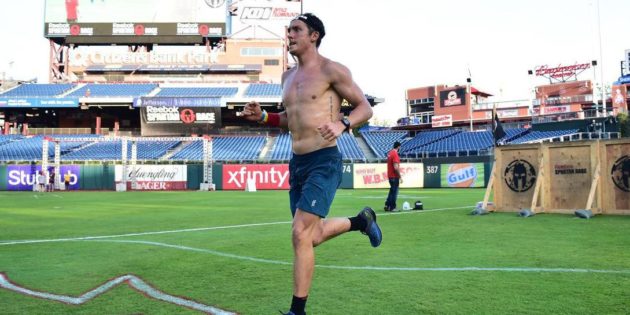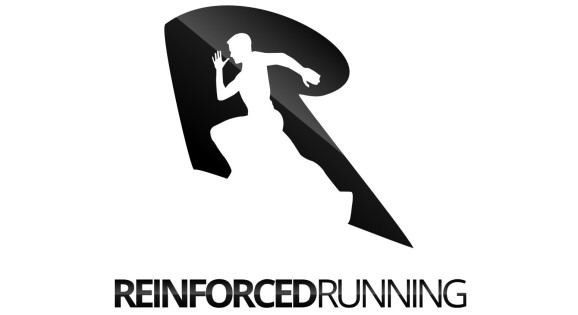The “short course” is a race that is 3 miles and under. It’s a great intro for Obstacle Course Racing (OCR) but, it is way more than that.
It is a fast pace high output energy assault.
The short course offers different challenges than a long race. So, prepare by changing your training stimulus.
Here are three keys ways to improve your training to dominate a short course.
Speed work to excel during a fast race.
It doesn’t take brain a brain scientist or a rocket surgeon…wait
It doesn’t take a genius to understand those faster athletes will have the advantage on a shorter course.
However, the time required to finish a short course is not always that “short”. So, speed training is a little tricky. A short course is not a full on sprint, and at some point, you will have to settle into a pace that is sustainable 20-40 minutes.
Think of an Olympic track and field athlete. The athletes with raw speed race no longer than four minutes. Including a miler.
A 5k-10k distance race will span from 13-26 minutes. A “short” course would still fall in the “distance” race category for top athletes. Distance athlete run high mileage and train for “speed endurance”.
So, an OCR athlete should train like a high-level distance runner.
Intervals from the 2-5 minute range should run at a “sub 5k” pace will yield fast results. The effort will feel hard so that you will need plenty of recovery time. Think 2:30-3 mins between sets.
This interval pace will still feel hard. Very hard. and will improve your speed endurance for the short course
How to do interval workouts:
Do short intervals workouts in 4-6 weeks segments before changing stimulus. Leading to race day, take ten days to recover from interval workout cycle.
Interval Training Workout Progression
Week 1
4 x 800 meters @ Sub 5k pace
2:30 rest
week 2
2 x 800 @ Sub 5k pace
2x 1000@ Sub 5k pace
2:30
Week 3
4 x 1000 @ Sub 5k pace
2:30 rest
Week 4
1 x 1600 @ Sub 5k pace
1 x 1200 @ Sub 5k pace
1 x 1000 @ Sub 5k pace
2:30 rest
Train for power and breeze through obstacles.
A short course will require a high level of power output. Improving explosive movements will help your obstacle speed. A heavy obstacle like a sled pull, atlas stone, or tall hurdle will force you to exert a lot of energy at once.
Training with light weight and low reps during explosive movement. You want to express a massive amount of speed with the exercise. When you begin to fatigue or the weight is too heavy your power production will decline.
Power Production Workout
Med Ball Toss Workouts
Using a 6-8 lb ball
Scoop Toss
4 x 4
Side Toss
4 x 5
Overhead Slam
4 x 5
Thrusters
3 x 4 @ 65% of Max
High Box Jumps
3 x 4
A big mistake is doing heavy reps slowly. A big weight or needing to “RX” a workout is your ego sabotaging your effort. Going too heavy will reinforce slow movement. During a short course, you need speed!
Quick transitions to save time.
There is no time to waste during a short course, so transitions are critical. Clearing a wall without losing pace is a huge advantage for any OCR athlete. Simulate short course transitions with a hard anaerobic effort followed by a high skill movement.
How to do transition workouts.
A transitions workout is most effective once a week. These efforts suck and can beat you down mentally. Get after it once a week to gain confidence for race day. Spend your other days working on endurance and general fitness.
Workout examples
5 Rounds
30-second assault bike
Monkey Bars
60 sec recovery
3 Rounds
10 Burpees As fast as possible
1-2 Rope Climb
60 sec recovery
Read more about workouts for transitions here.
A short course is not just an intro to the sport. Create a training plan around a short course to run as fast as possible. The race will be as challenging as other race distances.
Don’t miss any OCR tips by subscribing to my newsletter and get a free 16-week workout plan.



